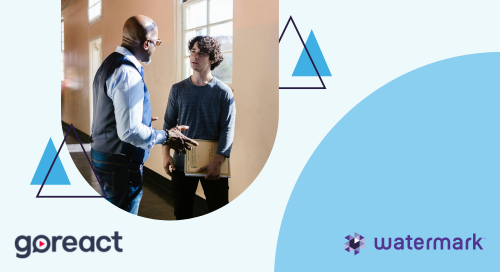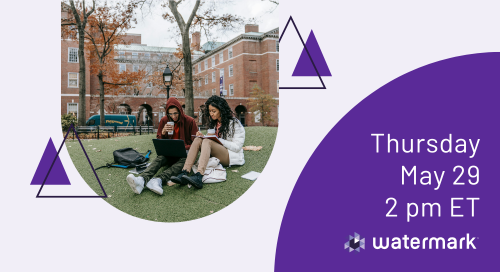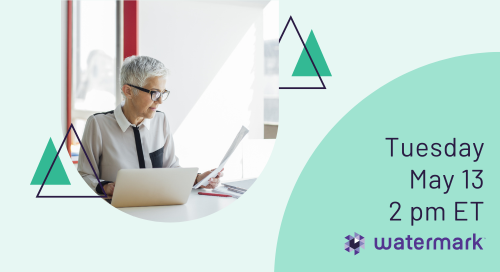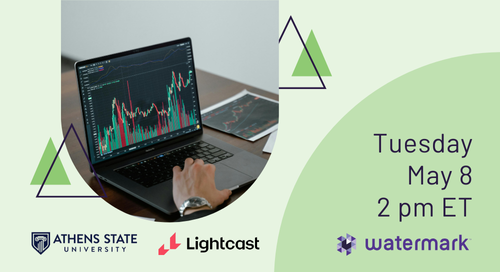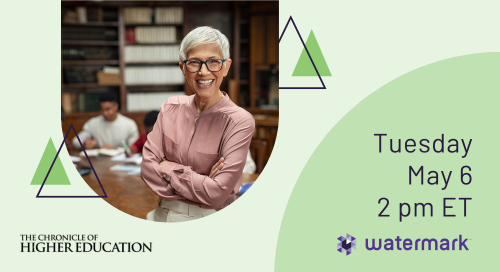Webinar
Level up your annual reporting: What’s new in Faculty Success? | Watermark solution tour
Tour Watermark Faculty Success’s refreshed interface, enhanced functionality, and more intuitive workflows designed to simplify how faculty document their teaching,…
Read Now →
